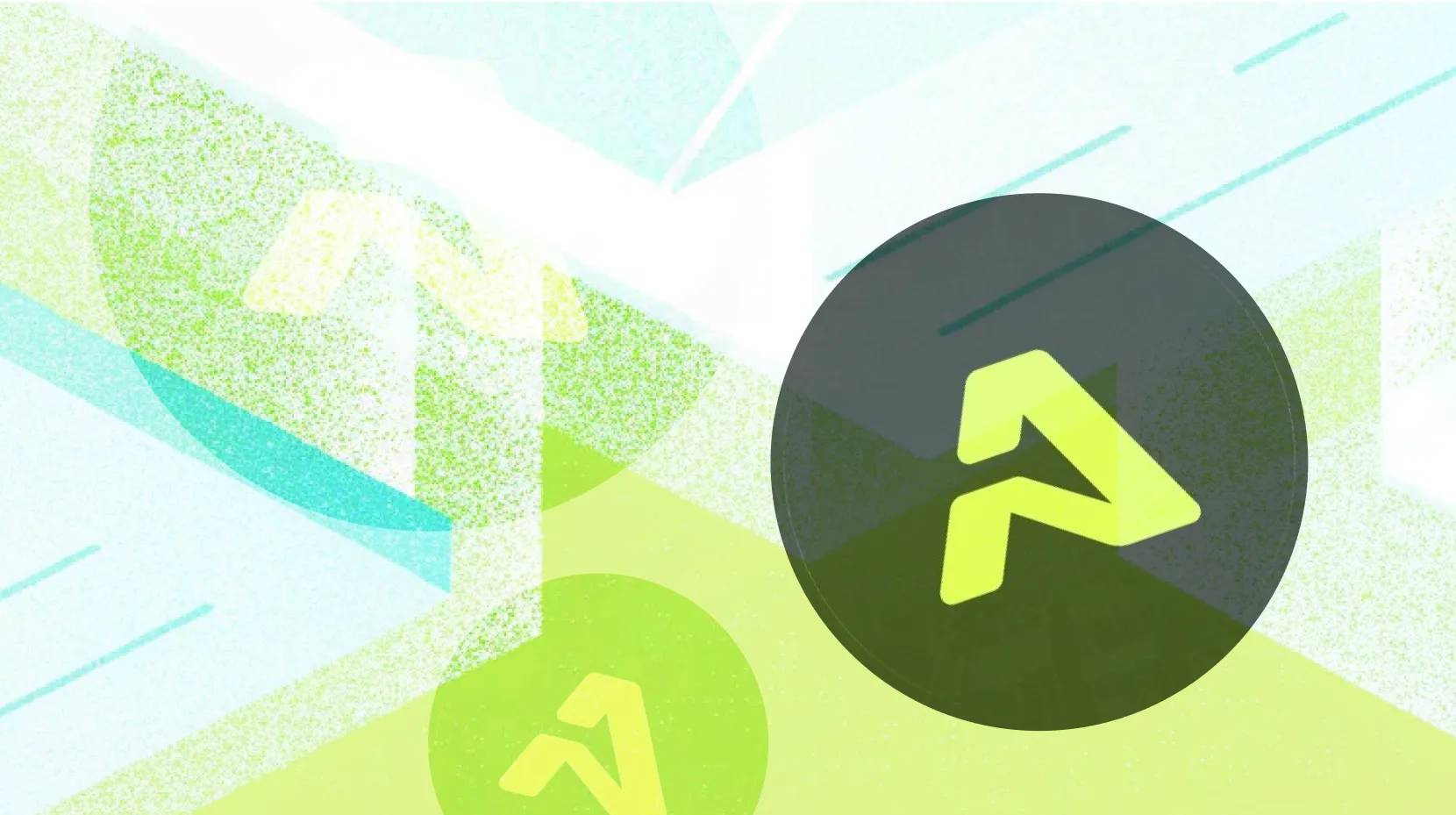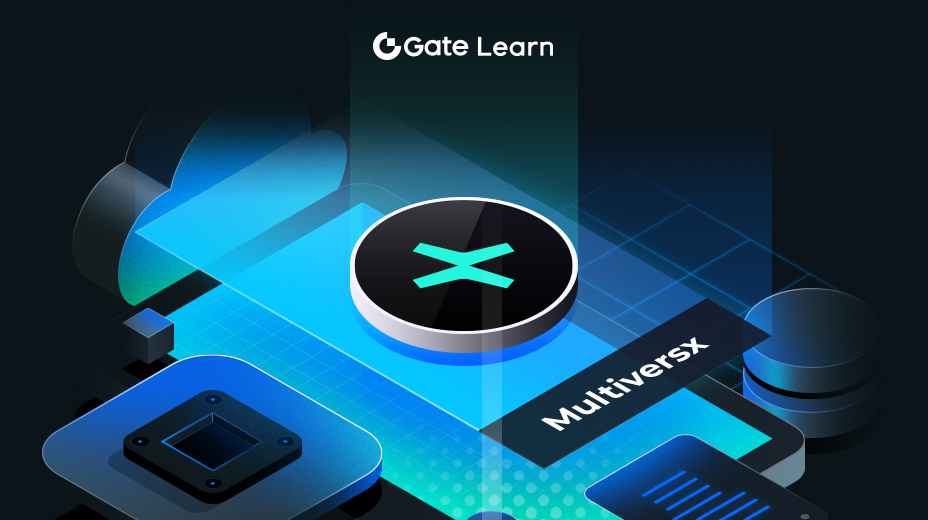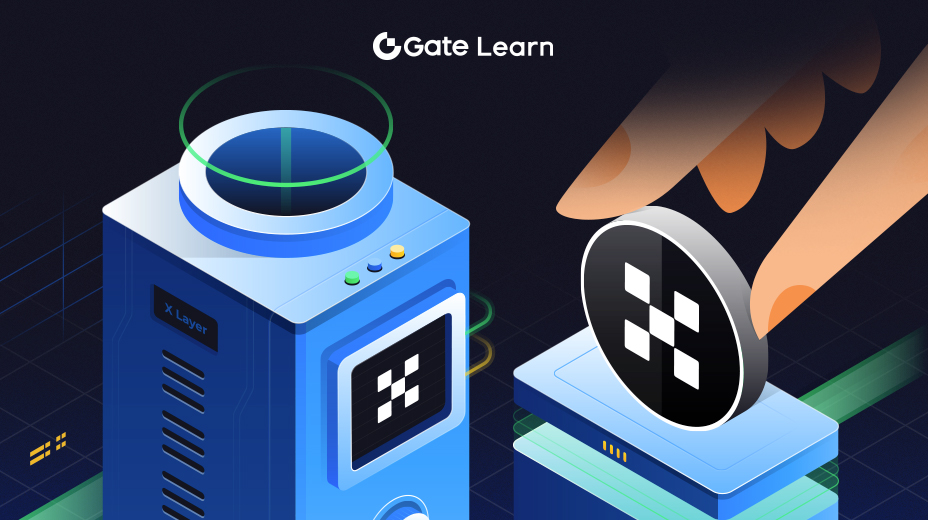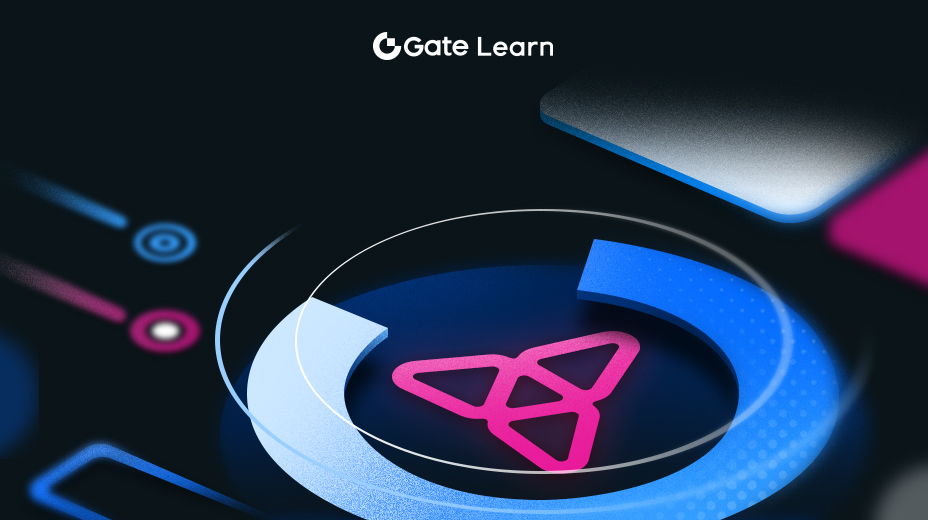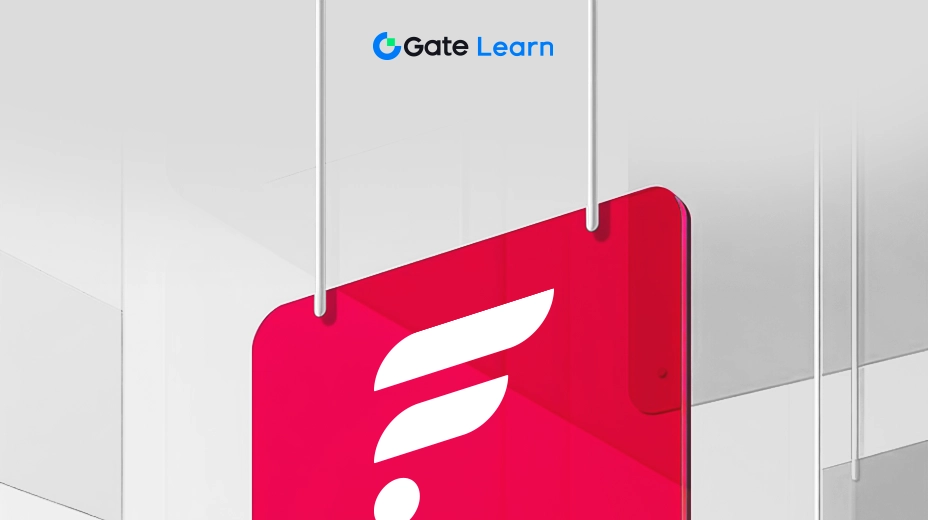Mantle 简介 - 区块链的演变
欢迎来到Mantle的介绍,这是一个革命性的第二层解决方案,旨在为以太坊网络提供强力加速。本课程将指导您了解Mantle的核心特性,包括其创新的模块化架构、与EVM的兼容性,以及它旨在显著提高交易速度同时降低成本的目标。探索Mantle如何通过提供一个可扩展、安全、用户友好的平台,为下一代数字服务站出来,这一切都得到了强大社区和战略合作伙伴的支持。让我们深入Mantle的世界,探索它改变区块链格局的潜力。
什么是 Mantle?

Mantle 是一个用于扩展以太坊网络的前沿 L2 解决方案,其设计巧妙,可与以太坊虚拟机 (EVM) 兼容。这意味着现有的以太坊合约和工具只需少量修改即可在 Mantle 上运行。该生态系统允许用户探索 Web3 应用,并使开发人员能够高效部署智能合约。Mantle 网络的核心是一个模块化架构,它结合了乐观汇总(optimistic rollup)协议和复杂的数据可用性(data availability)解决方案,既能保障以太坊强大安全模型的优势,又能提供更易于访问且更便宜的数据可用性。
L2 扩展是为增强诸如以太坊等基础层区块链的性能而设计的解决方案的统称,它不会修改区块链的核心协议。像 Mantle 这样的 L2 解决方案旨在提高交易处理能力、降低延迟和降低交易费用。它们通过在主链之外执行交易,然后将交易数据发回基础层来实现这些目标,从而在效率和安全性之间取得平衡。
Mantle 的使命是通过提供可扩展、安全和用户友好的平台来释放区块链技术的全部潜力。其愿景是建立一个区块链应用像当今网络服务一样普遍易用的世界。Mantle 渴望成为下一代数字服务的基础,推动去中心化生态系统中的创新和发展。
Mantle 网络概述
Mantle 网络通过利用以太坊验证者集和共识协议的安全性,将自己与非汇总(non-rollup)链区分开来。这为 Mantle 带来了以下几个优势:
- 规范桥接,无需第三方桥接器
- 抗审查且在具有关键 Layer 2 问题时的资金恢复选项
- 安全的环境,状态转换由以太坊验证器验证
通过继承以太坊的安全特性和常用的开发人员基础设施,Mantle 网络能够提供更低的 Gas 费用和更低的延迟,从而带来更出色的用户体验。
Mantle 网络通过整合以太坊的安全机制,为用户提供了一系列独特优势,使其脱颖而出。这些优势包括:无需第三方服务的规范桥接、强大的抗审查能力和安全的资金恢复机制。值得一提的是,Mantle 网络通过创新的数据压缩和模块化数据可用性,使 Gas 费用降低了 80% 以上。此外,Mantle 网络的交易确认速度仅需约 10 毫秒,相比于以太坊的约 12 秒,大大降低了延迟,显著提升了用户体验。Mantle 网络的架构支持每秒 500 笔交易的吞吐量,远高于以太坊的约 25 笔交易,使其成为高效且用户友好的区块链应用平台。
模块化架构

模块化区块链设计:Celestia 文档
面对区块链领域日益严峻的可扩展性问题,Mantle 网络经过精心设计,旨在提供解决方案。Mantle 采用模块化方法,将区块链运营的各种功能划分成独立的、专门的层级。这种战略性划分不仅仅是一种组织方式的选择,更是对区块链网络如何更有效、更经济地运作进行的根本性反思。
在传统区块链系统中,执行、共识、结算和数据可用性都发生在同一层,这会导致瓶颈、成本增加和交易速度降低。Mantle 通过将模块化引入方程式,颠覆了这种单一模型。
- 执行层(Execution Layer):这是 Mantle 的精彩之处,其 EVM 兼容环境使排序器能够在 L2 上生成区块。熟悉以太坊的开发人员会发现,Mantle 的执行层是一个熟悉的环境,因为它允许在极小程度修改的条件下,部署智能合约和去中心化应用。
- 共识(Consensus)和结算(Settlement):虽然执行发生在 L2 上,但 Mantle 仍然依赖以太坊强大的安全性来达成共识和结算。通过这样做,Mantle 不仅继承了与以太坊完善的网络相关的信任,而且还允许交易的最终确定性与以太坊主网上一样安全。
- 数据可用性(Data Availability):Mantle 模块化架构最具创新性的一面之一,就是其对待数据可用性的方式。通过确保验证交易所需的数据易于获取,Mantle 促进了更可靠、更可扩展的网络。该系统增强了网络的完整性,并使其能够在所有数据可验证和透明的前提下运行。通过引入 EigenDA 支持来增强数据可用性 (DA) 部分,Mantle 网络利用其模块化架构来确保交易验证数据易于访问,从而提高网络可靠性和可扩展性。EigenDA 技术支撑着这个 DA 层,通过可验证和透明的数据可用性提升网络的完整性,这对于保持高安全性和效率至关重要。这种整合凸显了 Mantle 致力于利用先进解决方案来改善区块链基础设施的承诺。
这种分层方法使 Mantle 能够利用以太坊的优势,并在此基础上构建一个更快、更具可扩展性和更具成本效益的网络。它代表了创新与成熟技术的和谐融合,为 L2 解决方案树立了新的标准。
以上介绍为我们了解 Mantle 网络奠定了基础。接下来,我们将探讨 Mantle 背后的团队、支持该项目的投资方以及推动其发展的独特合作努力。
Mantle 的基础
Mantle 的诞生源于区块链、金融和技术领域专家们共同绘制的远景蓝图。战略投资和合作推动了 Mantle 的创建,标志着在增强以太坊可扩展性和可用性方面的重大飞跃。
Mantle 团队
Mantle 团队由一群充满活力、背景涵盖区块链技术、金融系统和软件开发的专业人士组成。值得注意的是,该团队由在区块链领域做出过重大贡献的领军人物牵头,他们此前曾参与过成功的加密项目。这支人才储备正是 Mantle 达成使命的核心,确保其框架不仅具有前瞻性,而且还实用且可扩展。
Mantle 开发的关键人物之一是 BitDAO的 Windranger Labs 产品负责人 Jacobc.eth,他积极推动 Mantle 作为以太坊升级模块化第二层解决方案的地位。与 EigenLayer 的合作,尤其是与创始人 Sreeram Kannan 的合作,凸显了 Mantle 致力于模块化方法的承诺,确保区块链解决方案的灵活性和可扩展性。
投资方支持和合作
Mantle 的发展获得了大量的资金支持,证明了金融和科技界对其愿景的信心。战略投资有来自区块链和加密货币领域的知名机构,例如 BitDAO,它一直是 Mantle 生态系统发展基金的重要贡献者。通过 BIP-21 提案批准的与 BitDAO 的合并,为 Mantle 注入了 1 亿美元的发展基金,巩固了其在区块链领域的地位。
伙伴关系和合作是 Mantle 扩张和采用战略的基石。该平台与加密领域内的众多项目和平台进行了合作,例如 Range Protocol、TsunamiX 和 Merchant Moe,这些合作展示了 Mantle 在各种应用(从 DeFi 协议到 NFT 市场)中的实用性。值得注意的基础设施合作包括 EigenLayer、Pyth Network 和 LayerZero,它们分别为 Mantle 提供了强大的数据可用性、高保真市场数据和全链互操作性。
社区参与和生态系统发展
Mantle 高度重视社区参与,利用社区的见解和反馈来指导其发展方向。这在 Mantle 周围培育了一个充满活力的生态系统,其中包含各种去中心化应用程序 (dApp),涵盖 DeFi、NFT、游戏等领域。该平台通过诸如 Mantle Journey 等举措来展示其致力于培育去中心化和代币治理生态系统的承诺,该举措奖励社区参与并支持网络上具有创新性 dApp 的大量涌现。
